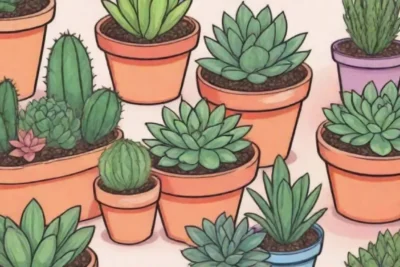
The Role of Chemical Compounds in Succulent Toxicity Levels

Introduction
Succulents, known for their engorged leaves and water-storing capabilities, are a captivating group of plants that have fascinated horticulturists and casual gardeners alike. While succulents may present an appealing and resilient addition to any plant collection, it's important to note that many of these species harbor a variety of chemical compounds that serve as natural defense mechanisms against herbivores, pests, and disease. These compounds can render succulents toxic to both humans and animals if ingested, highlighting a lesser-known aspect of their biology.
This article aims to explore the intricate world of succulent toxicity, focusing on the various chemical compounds involved. By delving into the specifics of these toxins, we will illustrate the evolutionary advantages they confer, their effects on health, and the caution that must be taken when interacting with these delightful plants. Join us as we unveil the chemistry behind succulent toxicity and better appreciate these remarkable life forms.
Understanding Succulent Toxicity
Succulent plants have evolved a range of strategies to thrive in arid environments, but one of their most remarkable adaptations is toxicity. Toxicity can be defined as a plant’s ability to produce substances that are harmful to other organisms. While the primary function of these toxins is often to deter herbivores, their presence also helps protect the plant from pathogens and environmental stresses. The degree of toxicity varies significantly among different succulent species, influenced by the specific biochemical pathways they utilize for their defense mechanisms.
Types of Toxic Compounds in Succulents
There are two major classes of toxic compounds that succulents may produce: secondary metabolites and alkaloids. Secondary metabolites, including phenolics, terpenes, and glycosides, are produced during the plant's metabolic processes and play critical roles beyond basic growth and development. Phenolic compounds, for example, often exhibit antioxidant properties, protecting succulents from oxidative stress. However, some phenolics can be toxic when ingested in significant quantities, causing symptoms such as gastrointestinal discomfort.
Alkaloids are nitrogen-containing compounds that often have pronounced toxic effects on animals and humans. These compounds can affect the nervous system and are commonly characterized by their ability to induce nausea or paralysis. For example, the Agave family contains alkaloids such as agavins, which can be both beneficial and harmful. At lower concentrations, these compounds can soothe digestive issues, but at higher doses, they can lead to severe toxicity.
Factors Affecting Toxicity Levels
Several factors can influence the toxicity levels in succulents, including environmental conditions, plant maturity, and even the specific genetic makeup of the plant species. Stress conditions, such as drought, can lead to heightened production of toxic compounds as a defense mechanism. Notably, younger plants often exhibit lower toxicity levels compared to older, more established specimens, as the latter have developed a more robust defense against potential threats.
Additionally, the geography and soil in which a succulent is grown may impact its toxicity. For instance, succulents in nutrient-poor soils may produce more toxic metabolites to deter herbivores searching for nutrient sources. On the other hand, those grown in nutrient-rich environments may display lower toxicity as they face fewer threats from herbivores. Thus, it's evident that the balance of environmental influences plays a dramatic role in shaping the toxicity of these plants.
 Do's and Don'ts: Handling Toxic Succulents Correctly
Do's and Don'ts: Handling Toxic Succulents CorrectlyCommon Succulents and Their Toxic Compounds
Several common succulent species are known for their toxic properties, making it crucial for plant enthusiasts to be well-informed about their characteristics and potential risks.
Aloe Vera
One of the most famous succulents, Aloe vera, is often lauded for its healing properties. However, it contains aloin, a compound that can be toxic in large doses. While the gel from the leaves is safe to use for skin ailments and minor burns, ingesting aloe in considerable amounts can lead to serious gastrointestinal upset and diarrhea. This dichotomy makes aloe vera a prime example of a plant that provides both health benefits and hazards.
Euphorbia
The Euphorbia genus contains numerous succulent species that are notorious for their toxicity. They produce a milky latex that can cause severe skin irritation and other allergic reactions. This latex is a defense mechanism against herbivores and contains diterpenes and other chemical compounds that are harmful when touched or ingested. While Euphorbia can add diversity to gardens, they require careful handling and should be planted with caution when children or pets are present.
Kalanchoe
Another popular succulent, Kalanchoe, contains bufadienolides—compounds that can be toxic to pets and humans alike. If ingested, these compounds can result in serious cardiac issues since they interfere with electrolyte balance. As with Euphorbia, Kalanchoe's striking appearance belies its potential dangers, reminding us that beauty can come with a cautionary backdrop.
Effects of Succulent Toxins on Human Health
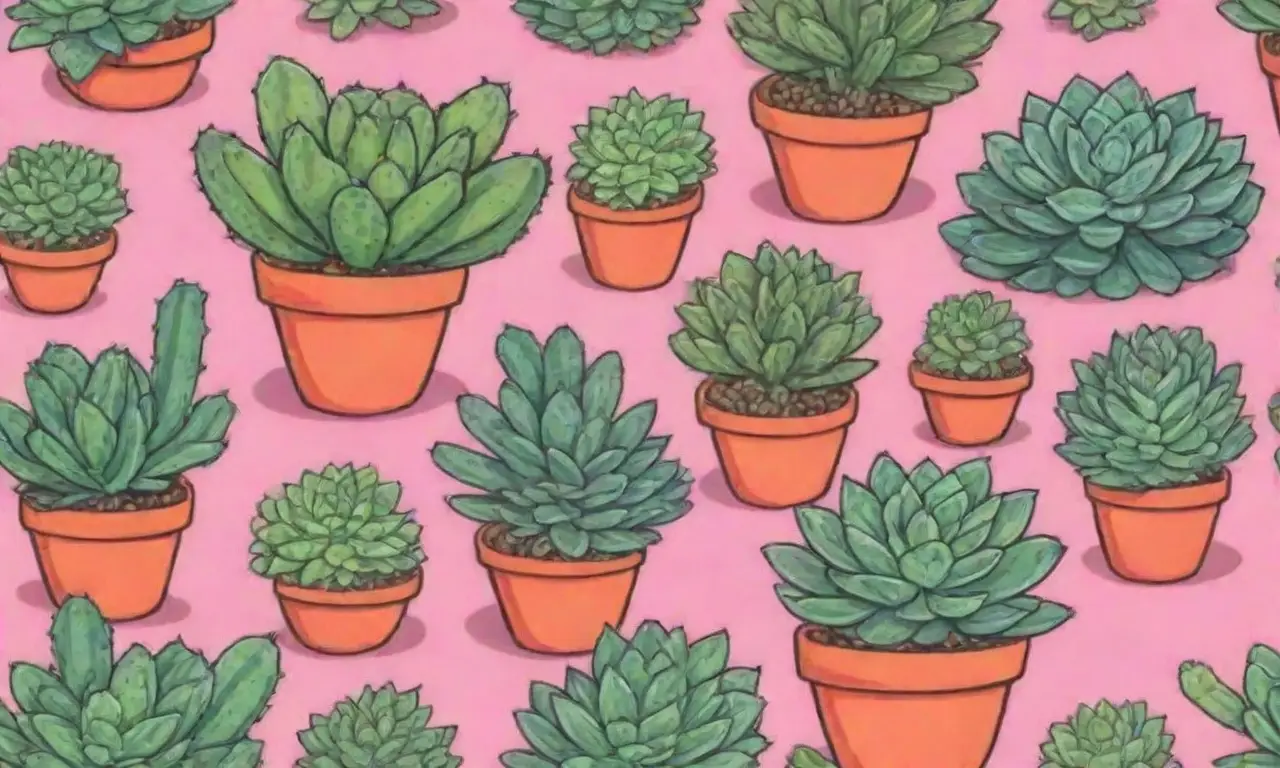
While many ornamental plants are benign, those that possess toxic compounds can lead to adverse health effects, particularly when mismanaged. Understanding these effects is crucial for anyone considering adding succulents to their home or garden.
Symptoms of Toxicity
When people come into contact with or ingest toxic succulents, they may experience symptoms that range from mild irritation to severe health complications. Common symptoms of toxicity can include nausea, vomiting, diarrhea, abdominal pain, and skin irritation. In more severe cases, consumption of certain species may lead to problems such as difficulty breathing, irregular heart rhythms, or even coma.
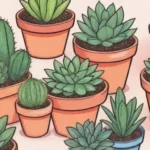 Taking Precautions: Growing Succulents in Homes with Pets
Taking Precautions: Growing Succulents in Homes with PetsRisk to Pets
Pets, particularly cats and dogs, can also be at risk when exposed to toxic succulent plants. Many owners may not realize that their beloved pets can be inquisitive around plants, potentially leading to accidental ingestion. Symptoms of succulent poisoning can manifest similarly in pets, with vomiting and lethargy being common signs. In the case of severe reactions, it is essential for pet owners to seek veterinary assistance immediately.
Precautions and Safe Practices
When handling succulents, it is vital to take precautions to mitigate risks associated with toxic species. Wearing gloves can help protect against skin irritation when handling plants known to exude latex or irritating sap. Additionally, it’s important to keep succulents out of reach of children and pets, ensuring that no accidental consumption occurs. When managing succulents in a home environment, selecting non-toxic varieties—such as Haworthia or Christmas cactus—can alleviate many concerns associated with succulent toxicity.
Conclusion
The world of succulent plants is both mesmerizing and complex, unveiling a range of evolutionary adaptations to survive in rocky, arid landscapes. Their ability to produce chemical compounds capable of rendering them toxic serves as a brilliant example of nature's ingenuity in self-defense. From alkaloids to secondary metabolites, these compounds can have a significant impact not only on wildlife but also on human health and pets.
By understanding the toxicity levels of various succulents, we can appreciate the sophisticated balance between beauty and danger. The allure of these resilient plants should never overshadow the necessity of informed cultivation and handling practices. As plant lovers, we must learn to cherish these remarkable specimens while remaining vigilant about their potential hazards. By doing so, we maintain our gardens as vibrant, safe spaces where both plants and people can coexist harmoniously—a testament to our commitment to nature and responsibility as stewards of the environment.
If you want to read more articles similar to The Role of Chemical Compounds in Succulent Toxicity Levels, you can visit the Toxicity Levels category.

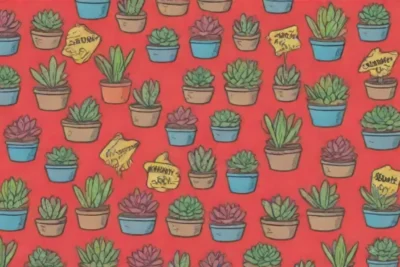
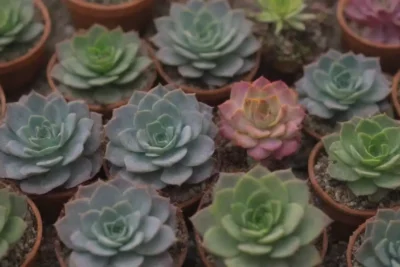
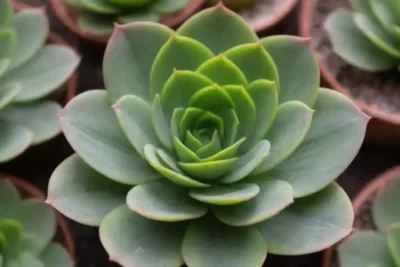
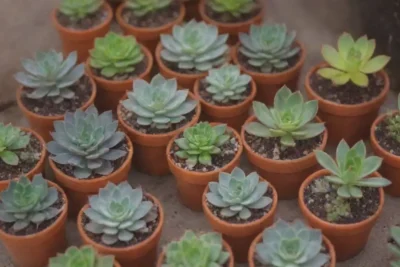
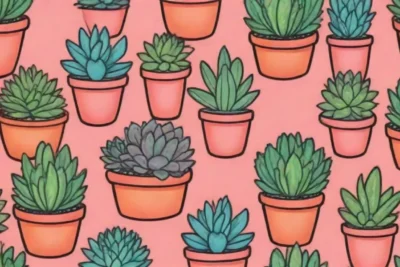
You Must Read